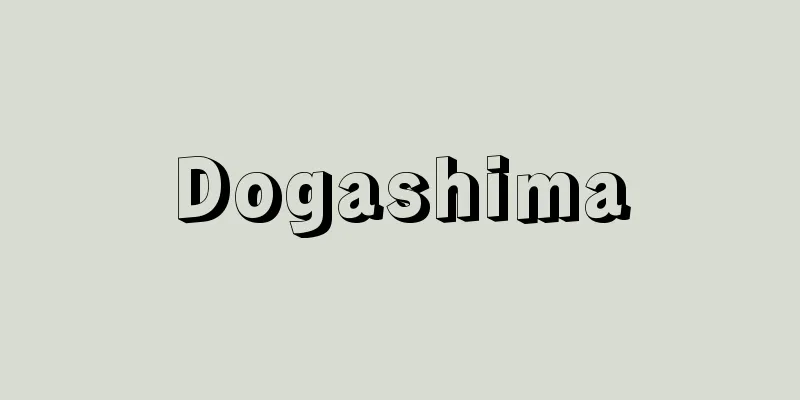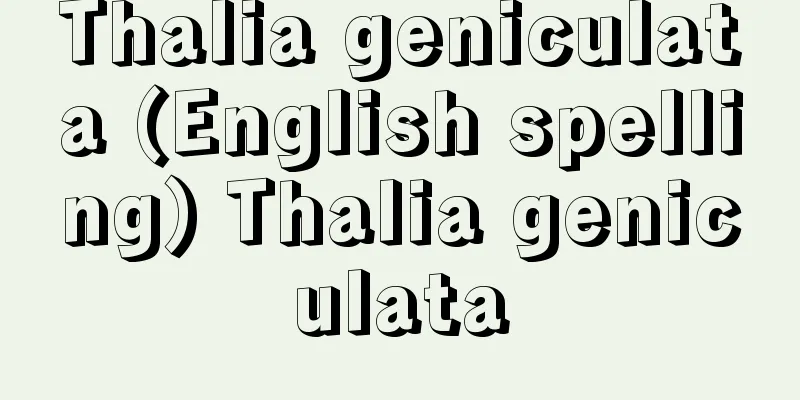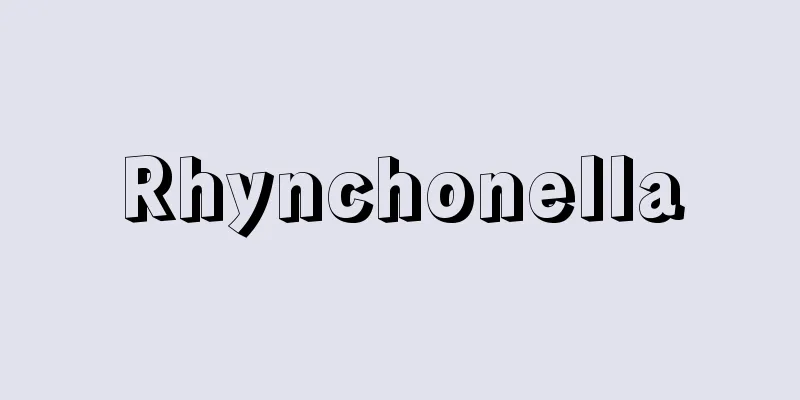Dystocia

Breech birth So-called Therefore, in order to prevent the fetus from descending until the cervix is fully dilated, the mother must not push as much as possible. Also, if the water breaks before the buttocks close the birth canal, the umbilical cord may escape from the side of the body into the vagina, and the fetus may be compressed in a narrow area, putting its life at risk. When the cervix is fully dilated, the fetus's buttocks gradually descend into the birth canal due to labor pains. At this time, the umbilical cord is slightly compressed, and the fetus's heart rate begins to fluctuate. When the fetus's buttocks descend to the vulva, There are several ways to do this, but in all cases, do not allow the fetus to lift its upper limbs. If it does, move it in front of the fetus's face and out of the vagina. However, this technique requires skill and Forceps delivery, vacuum delivery Cephalic delivery with fully dilated cervix Specifically, this is a method of guiding the fetal head and delivering it quickly when the fetus's condition deteriorates (fetal distress) and its life is at risk, when labor stops even though contractions are strong enough, or when the second stage of labor must be shortened because the mother is unable to push due to complications such as heart disease. Cesarean section This is a surgery to remove the fetus from the mother's abdomen and uterus when vaginal delivery is not possible. There are many different types of surgery, but the main ones are fetal dysfunction, Caesarean section includes: In contrast, a classical cesarean section involves a vertical incision of the uterine body. The uterine body has a mesh-like structure of muscle fibers, so it must be incised sharply. This results in more bleeding, and the tissue is thicker than that of the lower segment, so more care must be taken when suturing. Furthermore, since muscle fibers are cut, the scar may not heal well. In the next pregnancy, there is a disadvantage that the uterus is prone to rupture due to the fact that it is a contracting part of the uterus. Classical cesarean section is now used when the fetus is Tomoyuki Fujii "> Figure 15 Caesarean section Source: Houken “Sixth Edition Family Medicine Encyclopedia” Information about the Sixth Edition Family Medicine Encyclopedia |
骨盤位分娩 いわゆる そこで、子宮口が全開するまで、胎児の下降を避けるため、できるだけ母体をいきませないようにしなければなりません。また、もしも臀部が産道をふさぐ前に破水すると、体の脇から臍帯が腟に脱出してしまい、狭い部分で圧迫されて、胎児の生命が危うくなることがあります。 子宮口が全開すると、陣痛により、胎児の臀部が徐々に産道を降りてきます。このころになると、臍帯が多少圧迫を受けるようになり、胎児の心拍数が変動するようになります。外陰部にまで胎児の臀部が降りてきたら、 これにはいくつかの方法がありますが、いずれも上肢を持ち上げさせないようにします。もし持ち上がったらそれを胎児の顔の前をとおるようにして介出し、腟の外に出します。胎児の頭を しかし、この手技は熟練を要し、また 鉗子分娩、吸引分娩 頭位の分娩で、子宮口が全開し 具体的には、胎児の状態が悪化し(胎児機能不全)、その生命が危うい場合、陣痛が十分に強いのに分娩が止まってしまった場合、心臓病などの合併症のため母体がいきむことができない時に分娩2期を短縮する必要がある場合などに、胎児の頭を誘導して、すみやかに娩出させる方法です。 帝王切開 経腟分娩が不可能な時に、母体の腹部と子宮を切開して、胎児を取り出す手術です。手術の対象は多岐にわたりますが、主に胎児機能不全、 帝王切開には、 これに対して、古典的帝王切開は子宮体部を縦に切開する方法です。子宮体部は筋線維が網目状に走っているので、鋭く切開する必要があります。そのために出血は多くなり、また下節に比べて組織が厚いので、縫合にもより注意が必要です。さらに、筋線維を切断するため傷あとがうまく治らないこともあります。次の妊娠時の分娩では、収縮する部分であることも加わって、破裂が起こりやすいという欠点があります。 古典的帝王切開は、現在では、胎児が 藤井 知行 "> 図15 帝王切開 出典 法研「六訂版 家庭医学大全科」六訂版 家庭医学大全科について 情報 |
<<: Certificate of rank - Isshogaki
>>: Costume doll - Isho Ningyo
Recommend
Amarna (English spelling)
The site of the capital of Akhenaten, the 18th Dyn...
Quadrilateri Region - Quadrilateri Region
…the name of the area in Eastern Europe where the...
Sedum aizoon (English spelling) Sedumaizoon
… [Hiroshi Yuasa]. … *Some of the terminology tha...
Untouchable
…They were seen as a source of taint to the gener...
Pak Ǔn‐sik (English spelling)
1859‐1925 Korean independence activist and scholar...
ME (English) - Emee
…OE is divided into four dialects according to th...
Shin Hiyoshi Gate - Imahiemonzeki
…The mountain name is Mount Nan'ei. It is als...
Suckling, Sir John
Born 10 February 1609, Whitton, Middlesex Died in ...
Family name - Kamon
〘noun〙① The gate of a family. ※Umino Mokai (1420) ...
Calcium sulfate - Calcium sulfate
Calcium sulfate. Chemical formula: CaSO 4 , formu...
Inertial element
…A flywheel is a specially designed and manufactu...
Sect Law - Souhou
The organizational regulations of clans establish...
Mairado - Mairado
〘Noun〙 One of the fittings used in Shoin -zukuri. ...
Utazawa Shibakin
The stage name of the head of the Utazawa Shiba s...
Itsuse no Mikoto
A god who appears in the Kojiki and Nihon Shoki. H...









